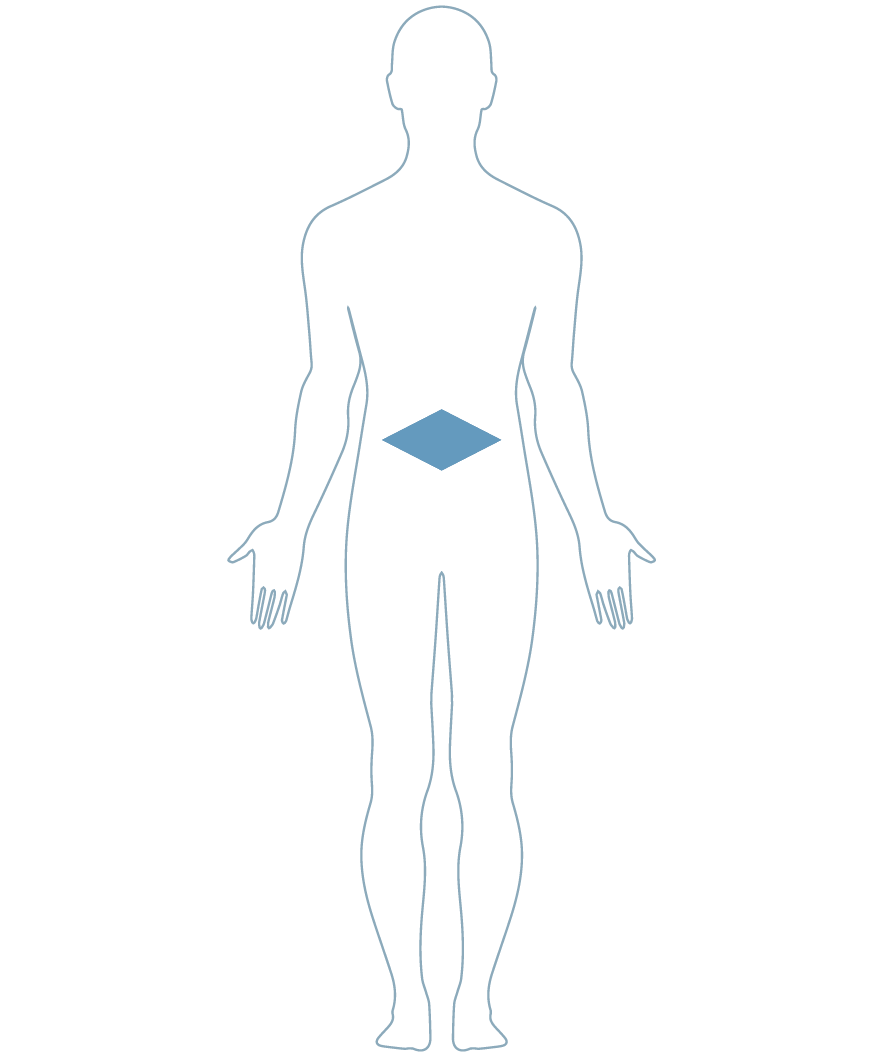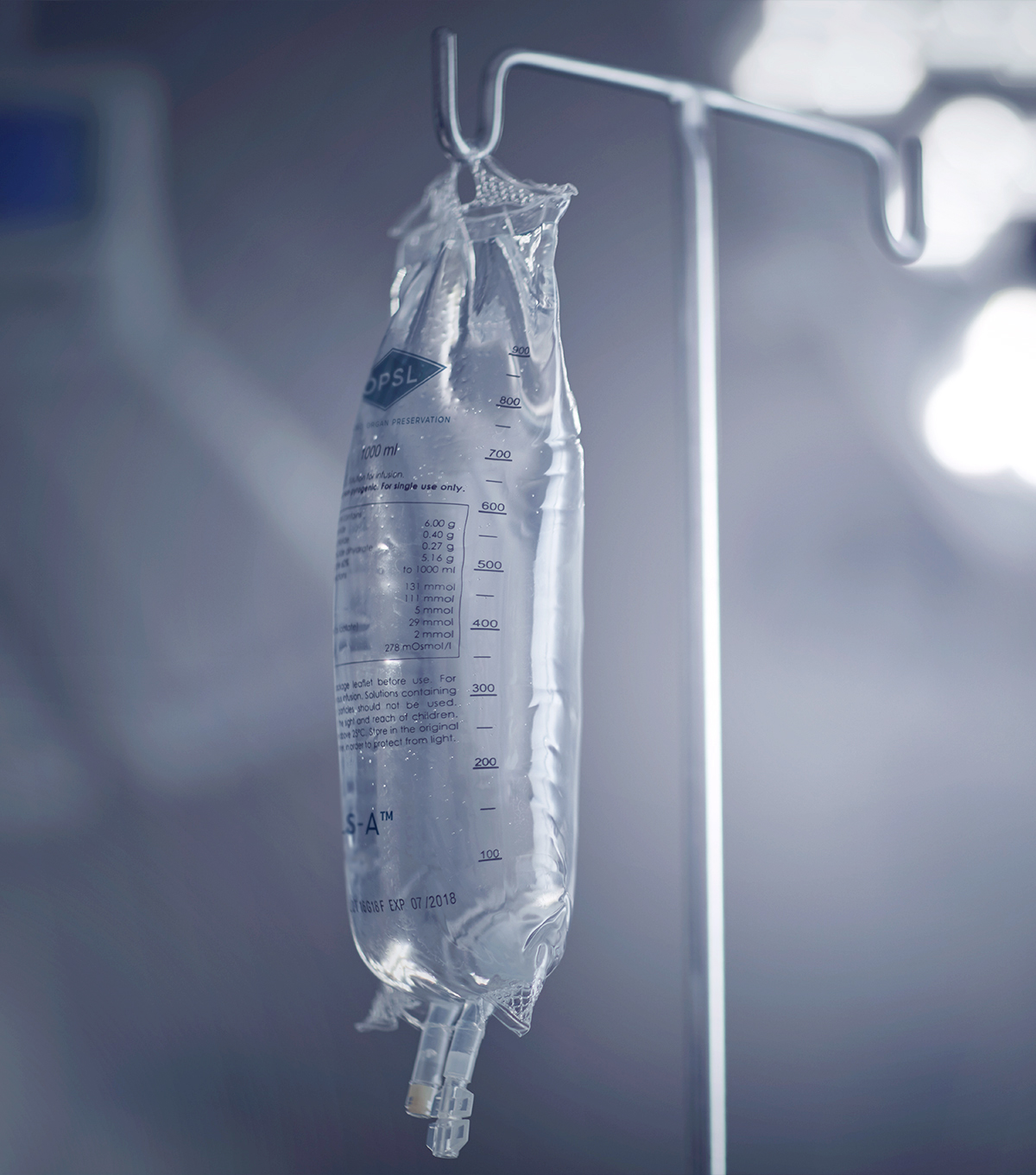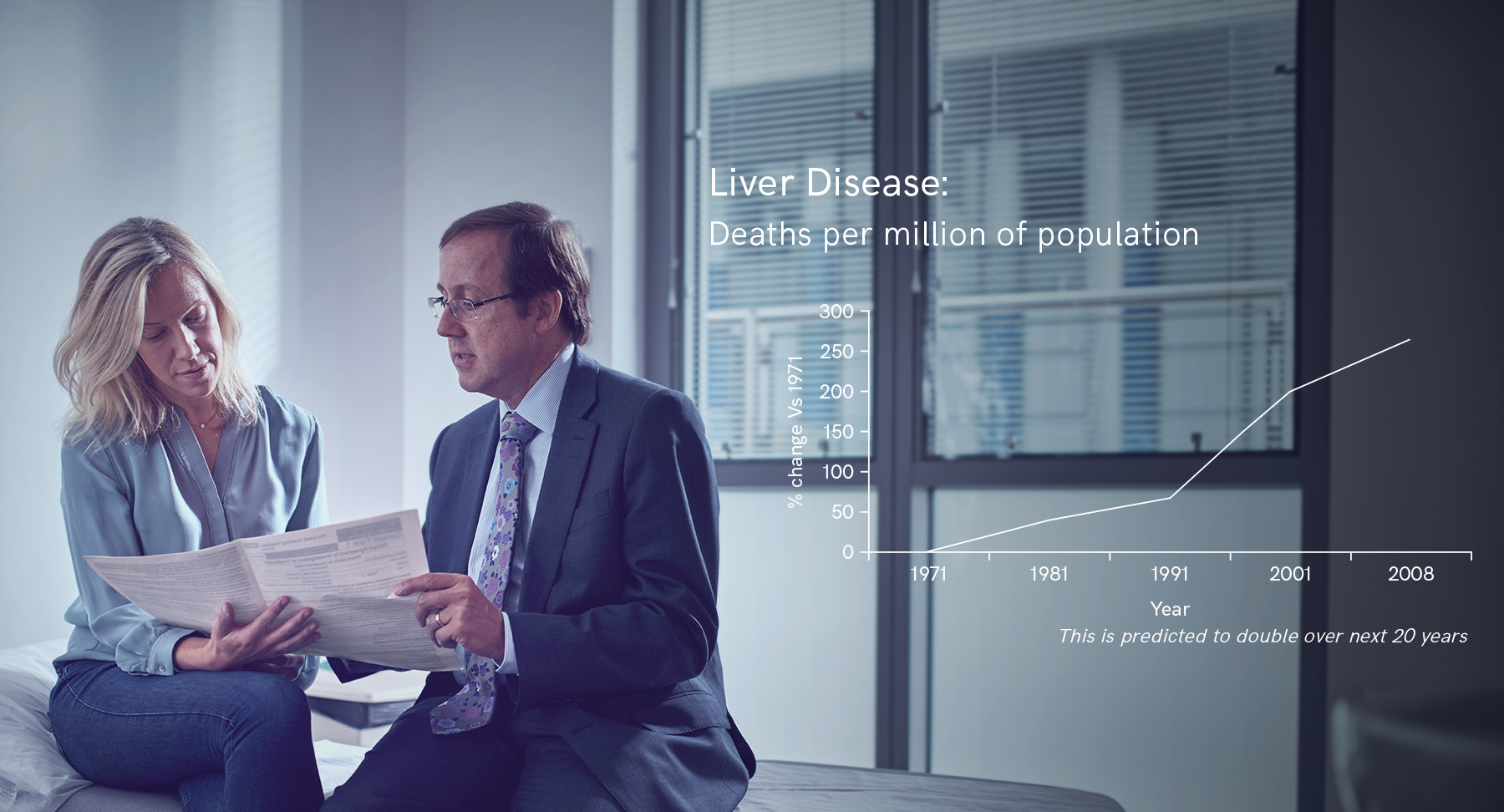LS-A™
Abdominal Organ Transplant Solution
Developed by one of the UK’s leading organ transplant teams led by Prof Peter Lodge, LS-A™ is an enhanced organ preservation solution. LS-A™ is an empirical, scientific development from first principles. LS-A™ will optimise the quality of organ preservation and extend the duration of safe cold ischaemia.
Kidney Transplant Preservation
Dr David Potts, a renowned kidney physiologist with a background in pharmacology, began the early LS-A work with the kidney using a basic phosphate buffered sucrose solution containing only sodium phosphate, sucrose and water but analysis at the cellular level showed it should work. After extensive testing on transplant models a successful clinical trial was launched at St James’s University Hospital in Leeds and trials involving 90 patients followed over several years.
Work then concentrated on improving this basic solution with the addition of components that the OPSL team felt would further improve not only kidney but also liver function. Buffers, impermeants, electrolytes and metabolic additives were carefully manipulated and tested first on individual kidney cells and then in whole organs with increasing success.
When we tested previous transplant solutions at the cellular level the results were so poor that it's surprising the organs worked at all. This convinced us to base our development work on individual cells as well as whole organs to develop LS-A.


Liver Transplant Preservation
Professor Peter Lodge worked with Dr Potts to improve LS-A further to adapt it for liver preservation. Taking a meticulous step-by-step approach, the OPSL team has worked with liver transplant models to observe the effects of making individual component changes and make further enhancements. Measurements of bile flow, enzyme release and overall function have shown strong, progressive improvements, with results that can only be described as astounding and indeed comparable to recent advances described with warm perfusion advances.
One of the key advances with LS-A is that it has been adapted to preserve all of the abdominal organs, making organ retrieval a more streamlined and straightforward process.
Pre-clinical phase testing is ongoing and the clinical phase is planned to commence in 2022/23.
LS-A MP (Machine Perfusion)
The use of Hypothermic Organ Perfusion is increasing significantly. LSA-MP will be evaluated in 2021 and enter preclinical studies in 2022 for abdominal organs.

Liver disease is the only major cause of death still increasing year-on-year, according to the Office of National Statistics: Mortality Statistics; Deaths registered. The British Liver Trust state on their key facts that twice as many people now die from liver disease as in 1991.
Publications
These publications are for medical and research staff.